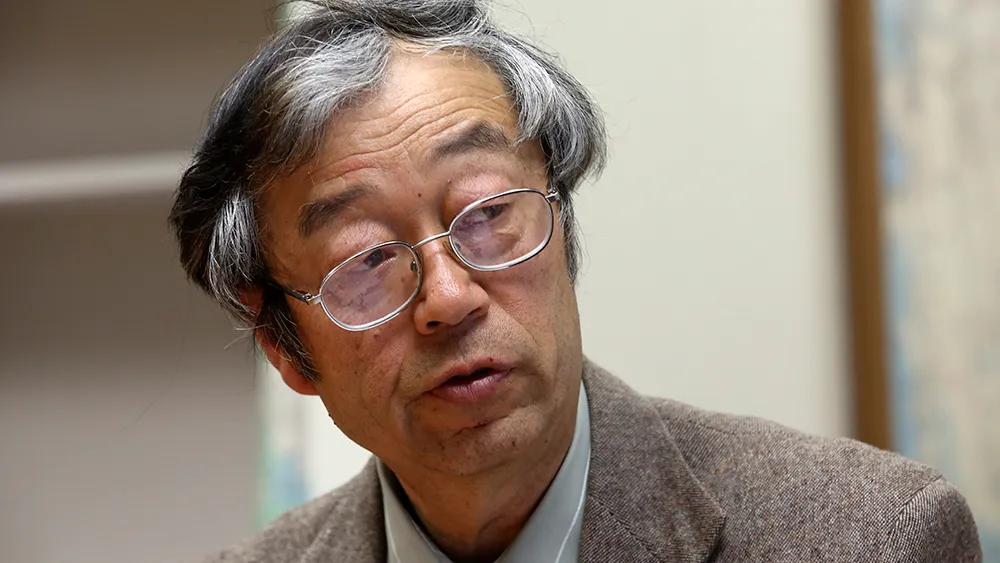The concept of blockchain technology has revolutionized the digital world, providing a new way to record and verify transactions across multiple computers so that any involved record cannot be altered retroactively. But who invented blockchain? The invention of blockchain is credited to a person or group of people known as Satoshi Nakamoto. This groundbreaking technology was first introduced in 2008 as part of a proposal for Bitcoin, a novel digital currency system.
The Genesis of Blockchain: Satoshi Nakamoto
The enigmatic figure, Satoshi Nakamoto, is the mastermind behind blockchain technology. Nakamoto’s identity remains a mystery, with speculation suggesting it could be a single individual or a group of people. Regardless of their true identity, Nakamoto’s invention has had an indelible impact on the digital world. The blockchain was designed as a public ledger for all Bitcoin transactions, ensuring transparency and security without the need for a central authority.
Blockchain: Beyond Bitcoin
While Nakamoto originally created blockchain to support Bitcoin, the potential uses for this technology quickly expanded beyond cryptocurrency. Blockchain’s decentralized nature makes it ideal for any transactions that require security, transparency, and permanence. Today, it is being used in various sectors, including finance, supply chain management, healthcare, and more. Its application in creating secure digital identities, especially in developing countries, highlights its potential for societal impact.
The Mechanics of Blockchain Technology
Blockchain operates as a distributed ledger, recording transactions across many computers. Each transaction forms a block, which is then linked to the previous block, forming a chain. This structure ensures that each transaction is transparent and immutable. Once a block is added to the chain, it cannot be changed, adding a layer of security against fraud and manipulation.
FAQs
1. What is the purpose of blockchain?
Blockchain was designed to enable secure, transparent, and tamper-proof digital transactions. It eliminates the need for a central authority, making it ideal for applications in various sectors.
2. Is blockchain only used for cryptocurrency?
No, blockchain technology has applications beyond cryptocurrency. It’s used in supply chain management, healthcare, finance, and more to ensure secure and transparent transactions.
3. Can anyone access a blockchain?
Yes, public blockchains are accessible to anyone. However, some blockchains are private and require permission to access.
4. Is blockchain secure?
Yes, the nature of blockchain technology makes it highly secure. Once a transaction is recorded and added to the chain, it cannot be altered or deleted.
5. Who controls the blockchain?
No single entity controls a blockchain. It’s a decentralized system where all participants maintain and verify the transactions.
The Impact and Future of Blockchain
The invention of blockchain by Satoshi Nakamoto has transformed the digital landscape. Its ability to provide a secure, transparent, and tamper-proof system for recording transactions has made it a game-changer in many industries. The future of blockchain promises even more innovative applications, with potential to reshape sectors like education, governance, and law enforcement. As we move further into the digital age, the question isn’t just “who invented blockchain,” but also “how will blockchain continue to innovate and evolve?”


